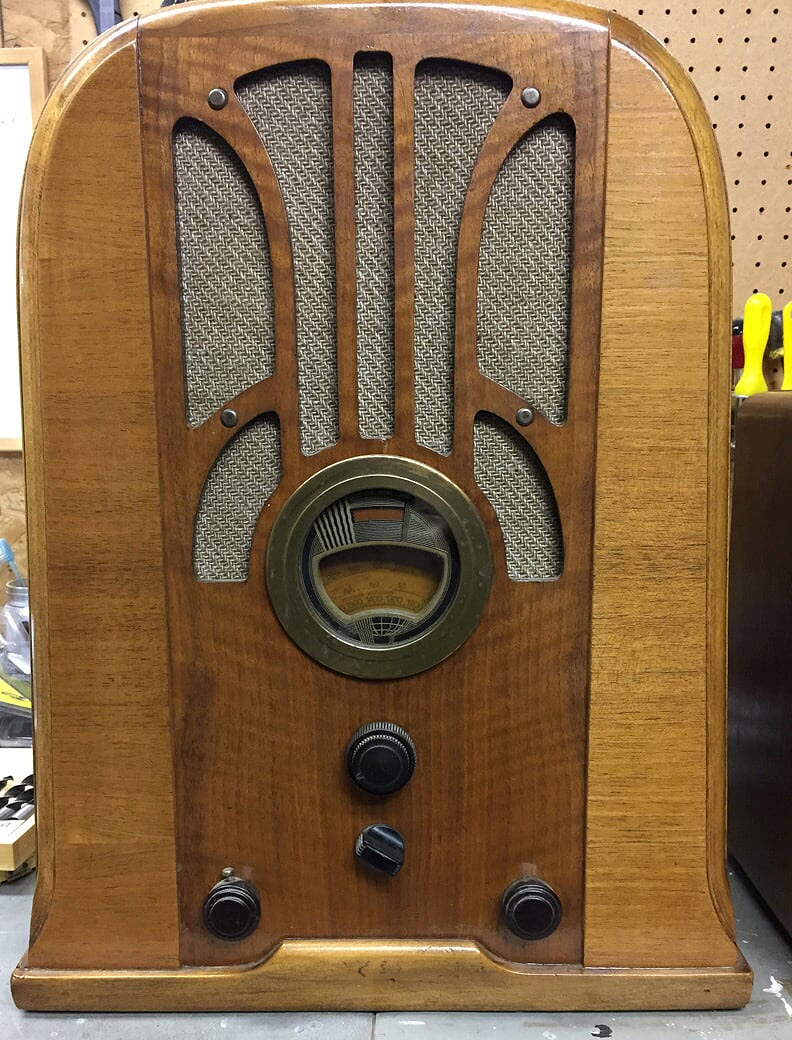My first commitment on this forum. Up to now, I was just reading and learning. Great community.
I just bought a couple antique radios from my brother-in-law. The radio that I am currently working on is a Philco 37-3640. Don’t look for it. It is a Canadian model.
The receiver is made in Toronto and is in fact a 37-640, well documented on yout site. I have the original schematic of the 37-3640 and all available information for the 37-640.
The cabinet is made by Victoriaville Furniture, Victoriaville, Quebec, Canada. No picture on the net exactly matches this cabinet so, I will share some whem I will found how to do it ;-)
[Image: https://1drv.ms/i/s!AqDzjKUOhlam2wbYZMxTyBMexU8W]
I did some basic work (cleaning, visual check, short circuit check and replacing the power supply caps) and I can confirm that the radio is functional. Reception looks quite good. I now working an overall check starting with the power supply section. This is the reason of my questions here.

Edit: Image added by admin
I just bought a couple antique radios from my brother-in-law. The radio that I am currently working on is a Philco 37-3640. Don’t look for it. It is a Canadian model.
The receiver is made in Toronto and is in fact a 37-640, well documented on yout site. I have the original schematic of the 37-3640 and all available information for the 37-640.
The cabinet is made by Victoriaville Furniture, Victoriaville, Quebec, Canada. No picture on the net exactly matches this cabinet so, I will share some whem I will found how to do it ;-)
[Image: https://1drv.ms/i/s!AqDzjKUOhlam2wbYZMxTyBMexU8W]
I did some basic work (cleaning, visual check, short circuit check and replacing the power supply caps) and I can confirm that the radio is functional. Reception looks quite good. I now working an overall check starting with the power supply section. This is the reason of my questions here.
- There is a 2ohm resistor that shunt the 25 ohm part of the resistor in location 68 (may be a previous repair). This lower the bias voltage from -3.3V to -0.25 Volt. The change adds a lot of sensitivity to the receiver. If I disconnect it, reception is quite bad.
Have you seen this change before?
- On capacitor in location 66A, I read -22 Volts referred to ground/casing.
Is it the correct voltage polarity? In that case, the schematic shows the wrong polarity for the condenser and I need to swap my condenser.
Edit: Image added by admin



![[-] [-]](https://philcoradio.com/phorum/images/bootbb/collapse.png)


